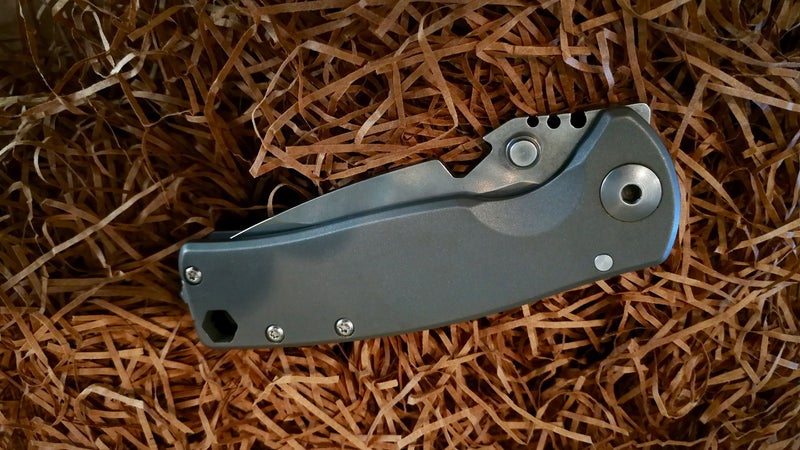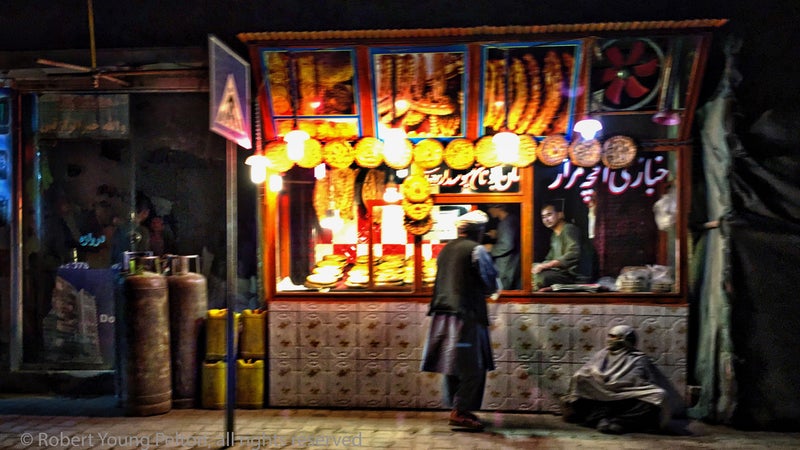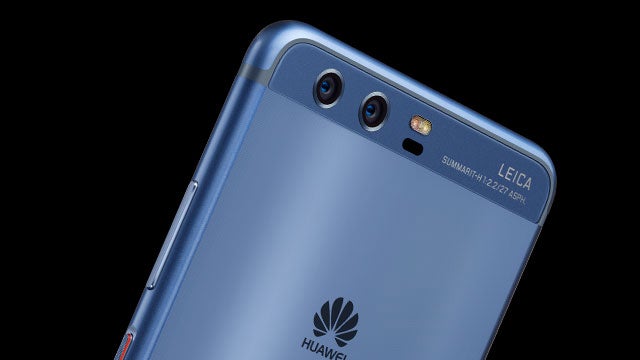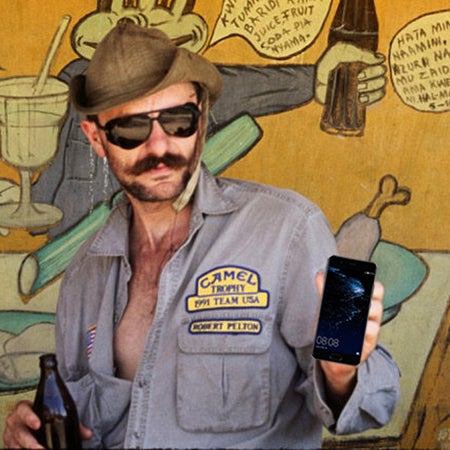Gone are the days when I disappeared into dirty wars with just my assault pack and ten rolls of 35mm film. Armed only with my trusty Leica M rangefinder, I hoped to god my pics didnÔÇÖt get nuked by customs, ruined by heat, or messed up in the lab. Back then, the highest-tech tool I carried was a Polaroid that I used to great advantage at stubborn checkpoints by handing out snaps of laughing soldiers.
Now we live in a digital world,┬áwhere smartphone-wielding citizen journalistsÔÇönot subject to the same restrictions (or entry costs) as professional photographersÔÇöare now stealing the prosÔÇÖ latte money. Amateur snaps and videos of breaking news quickly populate Twitter, Facebook, and Instagram feeds, even from remote parts of Somalia, Syria, Afghanistan, and┬áYemen. Even publishing has changed: lots of┬áphotos need merely fit the technical requirements of websitesÔÇö72 dpi by 1280 pixels.
The trick now is a low-profile, fast, connected┬átool that still allows the user to control image quality. WhatÔÇÖs the best photo gear for this new age of real-time, run-and-gun, snap-and-post journalism?
Smartphones that can hide in your breast pocket now have GPS, massive storage, and the ability to edit a diverse array of file types, but they havenÔÇÖt really focused on creating pro-level images. TheyÔÇÖre just fine for selfies but donÔÇÖt offer the professional the ability to adjust exposure, white balance, focus, and file quality.
Over the years, IÔÇÖve been continuously downsizing my gear. Bulky Hasselblads and the gave way to neck-breaking Nikons, and then the trim but full-frame Sony A7R. That camera is genre changing, thanks to its five-axis sensor stabilization and ability to hammer out 80MB RAW files or 4K video using my scalpel-sharp Leica wide-aperture rangefinder lenses. But even with that relatively tiny Sony, I still found myself turning to my often-dropped iPhone instead. So long as I had a strangerÔÇÖs email address and stolen WiFi, the iPhoneÔÇÖs poor-quality images could only be, at best, my poor manÔÇÖs Polaroid. I still had to carry the big camera.
But after trashing thousands of dollars of high-end bodies and delicate glass , I was ready for something new. On my way back from visiting , I finally found the perfect professional camera: a relatively cheap Chinese phone.
The Huawei (pronounced ÔÇťwow-whyÔÇŁ) P10 is an unlocked, high-performance, multiband smartphone. Huawei is an unabashed producer of knockoff phones, which I discovered when I lost my iPhone 7 Plus while connecting in Bangkok. At BKK, this Android-based knockoff┬ácosts about $400 less than its┬áApple competitor, so I picked one up.┬á

The P10 unseats AppleÔÇÖs photo-quality dominance. It has a similar two-lens setup as┬áthe iPhone 7 Plus, but a 20-megapixel monochrome sensor augments the same 12MP color sensor used by the iPhone. This┬áphone also has a host of features that make it ideal for the international traveler.
Most smartphones share the same or similar photo hardware,┬áthen tweak the hell out of the files to make colors snap and images┬ásharp. The Huawei is no different when shooting JPEGs: itÔÇÖs in RAW format where this phone shines. That pairing of a superior sensor with┬áthe iPhoneÔÇÖs sensor creates a lot more room inside the HuaweiÔÇÖs┬áimage data for sharpening, opening shadow areas, and other artsy-fartsy editing techniques.

Although Huawei co-brands the phone as a Leica all the way down to the box design and fonts, donÔÇÖt be fooled. The sensors are actually made by the less fancy-sounding Ningbo Sunny Optical Technology of China, which is the largest provider of cellphone optic sensors in the world. What Leica does lend to the phone is a software suite that mimics the color tweaks and controls of a fancy German digital camera. If youÔÇÖre used to shooting on one of those, youÔÇÖll feel at home shooting, and editing, on the Huawei.
With the Huawai P10, you get all the phone stuff youÔÇÖd expect from an unlocked 256GB iPhone 7 Plus for about $400┬áless and with much better editing interfaces and file quality. The P10 shoots and processes faster than the iPhone. It also gives you a larger┬á3,200 mAH battery (versus the 7ÔÇÖs 1,960 mAH nonremovable pack) and is a few grams heavier as a result. In the real world, IÔÇÖm seeing 75 hours of operation out of it.
The P10 is available to American buyers for around $800 on Amazon, but isn't officially sold here by Huawei. International travelers can probably pick one up for close to the $540 I paid on their next foreign connection. 
One feature alone makes the P10 vastly superior to the iPhone: you can insert a 256GB micro-SD storage chip in the second SIM slot, effectively making its storage capacity unlimited. And removable.

Also unlike the iPhone, the P10 has a headphone jack, which allows you to use audio monitoring and recording equipment. And it can handle Free Lossless Audio Codec (FLAC) files, which are vastly higher-quality than MP3s and more compressed than WAV. You can plug a pro-quality Rode lavalier mic straight into the P10ÔÇÖs headphone jack.
But forget the geek stuff. The P10 just works perfectly as a take-anywhere camera. It goes directly into photo mode with one swipe or click on the side button. It can perform a mild telephoto zoom in 12MP mode, has simple manual controls for camera settings, and works extremely well in low light.
If you want to be a solo journalist (a concept I pioneered at ABC News), a cellphone-based camera with cellular data can turn you into a one-man content machine. This phone can handle two social media accounts at once and enables you to upload via NFC, Bluetooth, and WiFi connections. Even better, you can easily pop that 256GB micro-SD card out of the phone and put your huge files directly onto a computer, which is even faster.
If youÔÇÖre shooting video, you can use the phone straight out of the box. But IÔÇÖd suggest downloading some pro video-control software like , which will double your quality to 50 Mbps. The P10 can also shoot slow motion at 240 fps. Now you are suddenly a no-shit, Sundance Film FestivalÔÇôquality auteur. Pair the P10 with a $300 stabilization platform like the , and you just became an unpaid, nonunion Steadicam operator.
No, the image and video quality of the P10 are┬ánot going to surpass that of the Leica lenses on my Sony A7 shooting full-frame at 4K. But itÔÇÖs good enough. In the rules of journalism and Hollywood, if itÔÇÖs not on tape, it didnÔÇÖt happen. And youÔÇÖll be able to get the P10 out of your pocket and start shooting much faster than you would be if youÔÇÖre fumbling with lenses on the Sony. And when some pissed-off rebel commander stomps your new P10 into the dust, you can just wait a bit, slide out your spare, and shoot a little more carefully next time.


